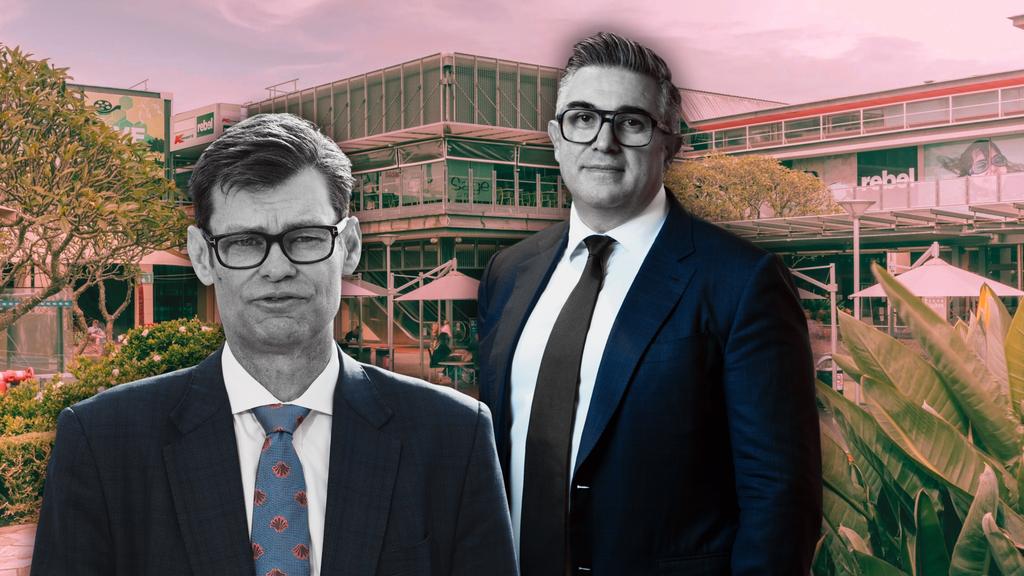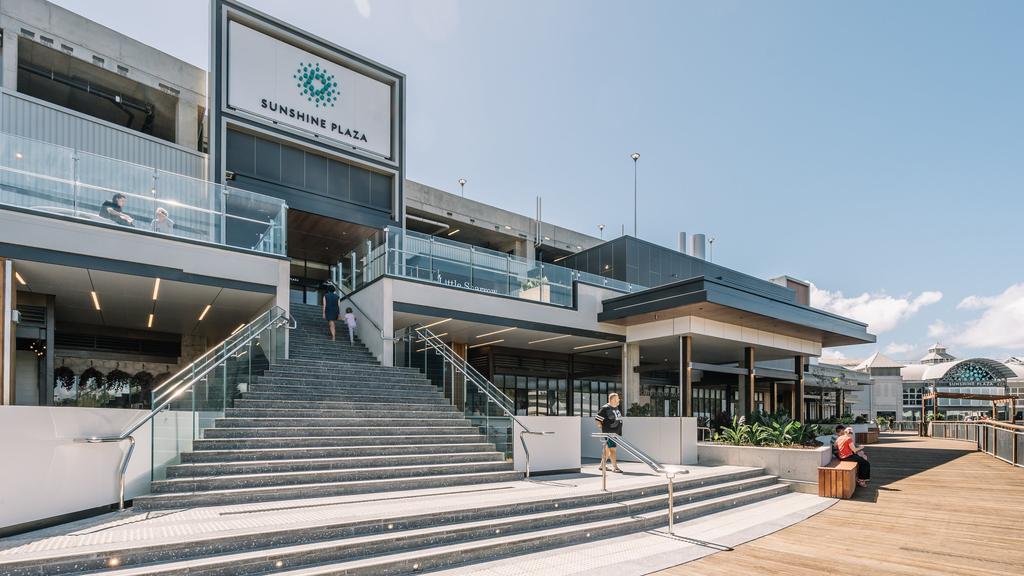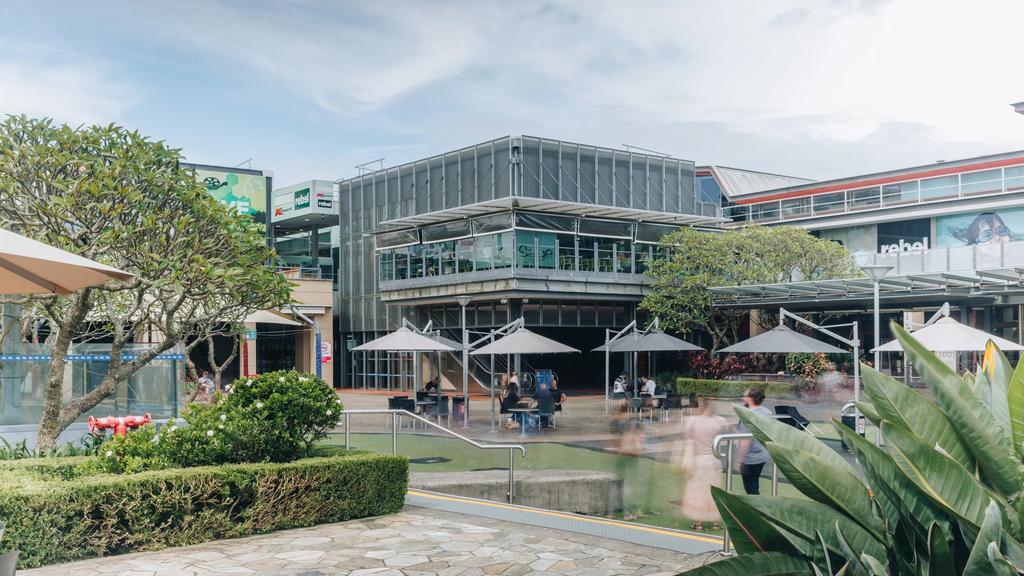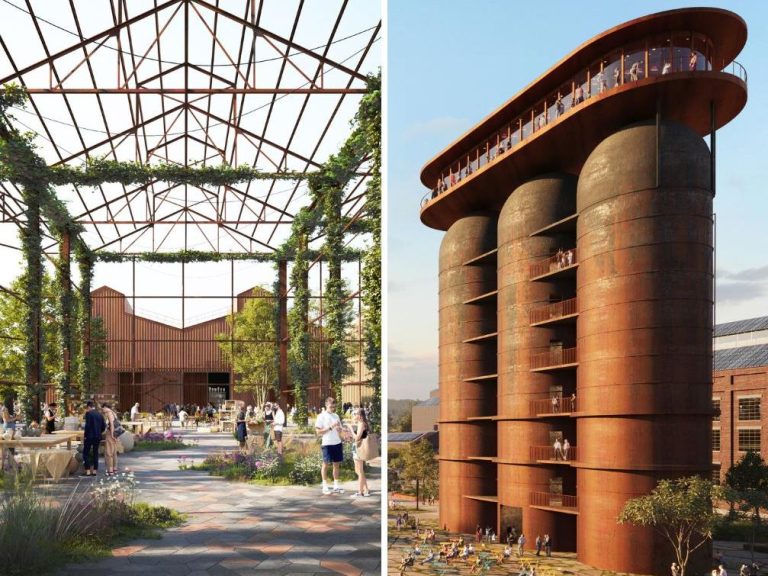Lendlease to face off against disgruntled super fund giants over control of $2bn property pool

Mirvac CEO Campbell Hanan and Lendlease CEO Tony Lombardo
A fight over the future of one of Australia’s biggest property funds has been brewing for years between Lendlease and unhappy super funds, led by heavyweights Hostplus and UniSuper.
It all comes to a head this week if the dissident super funds can muster enough votes at a planned meeting to sack manager Lendlease and replace it with rival Mirvac.
Investors have been unhappy with Lendlease’s local funds unit as it struggled to pay out redemptions from its Australian Prime Property Fund empire during the coronavirus crisis.
But structural issues at the $10bn funds shop have been bubbling away for even longer.
Part of the shift is that big superannuation funds have been taking more control of their property investments, ridding themselves of what they see as underperforming managers and running portfolios themselves, or giving them to their own preferred managers.
“Now these funds have portfolios worth more than $50bn, $80bn, $100bn. Assuming an 8-10 per cent weighting to property, they have pretty large portfolios that they could manage themselves internally – REST, Aware, Cbus, AustralianSuper and the industry funds surrogate ISPT – all have in-house property teams,” one long-time fund executive said.
But the Lendlease battle has become much sharper and even personal, with players comparing the tough stance of Lendlease chief executive Tony Lombardo – who is driving a sweeping overhaul of the company strategy while at the same time switching it to a stance where it is better at listening to investors – and Mirvac CEO Campbell Hanan.
He is a funds veteran, who was behind the lifting of an $8bn office fund out of the flailing AMP property empire, and whose company the dissident funds have put forward to run the APPF business.

Sunshine Plaza Shopping Centre on the Sunshine Coast is part owned by Lendlease’s Australian Prime Property Fund Retail.
Lendlease is loath to acknowledge the comparisons but Mirvac is again swooping while a rival player is at a low point.
“Campbell has a good chance of winning here. He is a great people person, a listener and has had experience on all sides of the funds management issue,” the funds executive said.
Mr Lombardo also has supporters for his radical plan to “save” Lendlease.
He is part way through bringing back $4.5bn worth of capital from offshore and pouring it into the local operations.
David Di Pilla’s HMC Capital is backing him. It told investors this month that Lendlease’s “simplification plan” had won support, reflecting increasing market confidence in the turnaround – “although there is still more work to be done”.
The structural forces, including a desire by industry funds to drive down fees to levels which make the whole industry less desirable, have partly taken a back seat to the tactical war between Lendlease and Mirvac.
Lendlease, ostensibly concerned that Hostplus and UniSuper, who control about 38 per cent of the $2bn industrial fund whose future is due to be voted upon on Wednesday, will railroad smaller investors who support staying put, has already called a second meeting for next month where its 17 per cent interest can come into play, and where it may seek to block the dissidents.
Lendlease still faces losing this week – and it has sought to deter super funds from showing up to vote to deny its challengers a quorum. Its tactics have raised hackles.
“It’s aggressive. I just feel like, to my mind, Lendlease has lost the battle already. As long as they don’t lose, they don’t mind killing themselves in the process,” another fund manager said.
The fact that Lendlease is fighting so fiercely to keep its grip on a $2bn industrial fund, that would have barely registered at the company when it was busy taking on billion-dollar deals around the world, is perhaps no surprise.

Erina Fair Shopping Centre in NSW is part owned by Lendlease’s Australian Prime Property Fund Retail.
Keeping the APPF empire together is critical to Mr Lombardo’s strategy of refocusing the once sprawling enterprise back on its profitable Australian heartland.
But the price of torching billions of dollars in failed offshore expansions has been a cost-slashing shake-up that has driven an exodus of talent, including from the APPF business. Almost unspoken in the contest is that a serious challenge to Lendlease’s funds was virtually unthinkable in the company’s heyday. It rapidly saw off a challenge from GPT for the industrial fund in 2013 and earlier rebellions were quickly seen off.
But even then there was an undercurrent due to Lendlease’s old model of using the funds as a backstop for tough projects and also to book profits as other divisions faltered.
“Lendlease created funds to take product they couldn’t sell. It was good for a while – pipeline! But when they started shoving poorer-quality assets into their retail, industrial or office funds – and only allowed those funds to buy Lendlease assets, the investors, and even the internal fund managers, began to arc up,” one funds executive said.
“This was manageable initially, because performance was quite good. But poor performance – and a negative market cycle – amplifies the problem.”
Lendlease has sought to defend at least the industrial fund on the basis of performance – it has beaten a rival in the industry index – and the developer is still regarded as a top-flight office player. But industrial was not a focus during what has been one of the greatest ever booms in the sector.
“Lendlease really haven’t done much at all with their industrial portfolio over many years,” one operator said. “It’s been an amazing commercial and residential developer, but not industrial.”
Another pointed to a weakness common to many institutions. He said the fund tended to underperform the sharper private operators, often selling in troughs and buying at peaks.
The market has also seen the rise of boutique players with a private equity mindset and they are taking on industry giants such as Goodman Group, Charter Hall and ESR.
“I think these big Aussie super funds are going to look at that whole situation and they’re going to back another big manager,” one executive said.
“A super fund sitting there is going to go well, you know what, it’s going to be Mirvac, because they’ve got the whole platform across three different sectors.”
The property game is partly about reputation. And Lendlease has not been growing in the sector despite Mr Lombardo saying at the company’s results it planned to double the fund and generate returns of more than 11 per cent.
“They’re not known for being very active and dynamic,” one rival said. “They don’t get respect; that’s why they’re in this position, whether it’s industrial or the other sectors, that’s what’s happened.”
With a series of potentially inconclusive votes looming, the industry expects it to be a close call.
“I think the vote goes ahead and Mirvac gets up but Lendlease will fight to the end,” one executive said.
And it won’t be clear cut.
“If not enough people turn up to vote obviously that’s great for Lendlease,” another executive said. “But then also, then the question is, then what?
“You still have the majority of your investors that don’t want you as the manager in terms of dollars. So you’ve still got to sort it out.”







